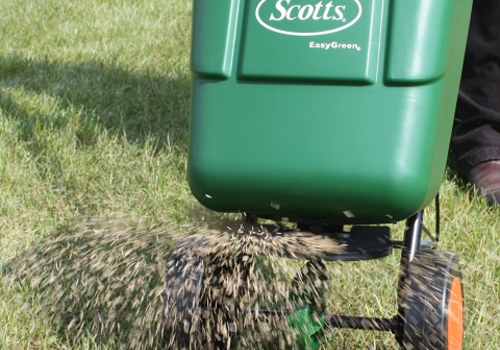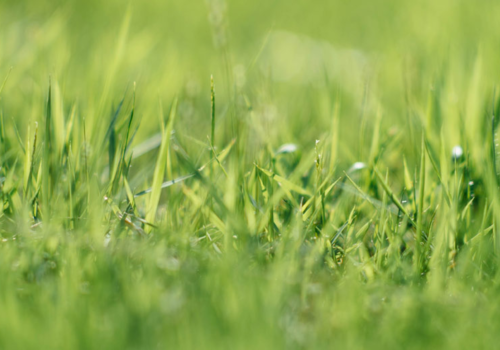
When should I start planting my lawn?
You can plant a lawn with grass seed from March onwards, once the winter frosts have completely gone and the temperature is relatively constant. Avoid the hot, dry summer months unless you can manage an intense watering regime. Late August and early September are ideal as the rain returns, but it is not yet too chilly.
Soil
Your underlying soil is very important, especially if you are planning an ornamental lawn. It is possible to have the soil tested in a laboratory and you should consider doing so if you want to grow specific, fine grasses for a high-quality lawn. Different seeds thrive in different types of soil, and different acidities (pH). Some suggested seed mixtures are:
- For heavy, clay soil, poorly draining areas or neutral pH (6 to 7): rye or tall fescue grass seed - BS Quality Hard Wearing Lawn Seed or BS Premier Lawn Grass Seed
- For sandy soil, freely draining areas or an acidic pH (5 to 6) then choose a mixture such as BS Quality Fine Lawn Seed
- For chalky, alkaline soil (pH 7+) you should avoid fine grasses and use a mixture with plenty of ryegrass and meadow grasses such as BS Quality Hard Wearing Lawn Seed
- If the soil is made up of rubble, like in many new-builds, lay at least of 3-4 inches of good loam topsoil before planting a lawn.
Sloping areas
You might already have a slope in the landscape, or wish to plan a sloped area into a new lawn. If you do have sloped areas, be aware that steep slopes are hard to mow and tend to dry out as water just runs down them and pools at the bottom. Try to curve the top gradually to avoid 'scalping' the top with the mower.
Drainage
In times of heavy rain, the soil will not be able to hold all of the water. To avoid flooding your house, the entire lawn should gently slope away from it. You will also need to plan in drainage channels to keep the water away from your walls, or you will end up with a muddy area. Conversely, paved areas such as patios and driveways can drain onto the lawn and stress the grass. You can alleviate this with drainage tiles, or soakaway channels to redirect water elsewhere.
Lawn design
Lawn design is not out of the reach of the amateur, so long as you keep a few basic things in mind. Try to keep the lawn as simple as possible to avoid problems further down the line.
- Avoid narrow entry points such as steps or paths, as they concentrate foot traffic into narrow areas. Plan a couple of entry points and make them as wide as possible.
- Keep slopes and curves gentle, to make them easier to maintain.
- Think carefully before adding obstacles such as bird baths or stepping stones - they can be tricky to mow around.
- Try to avoid narrow strips, as they can only be mowed in one direction, which stresses the grass.
- If you plan to add stripes, then keep shapes simple and try to have at least one straight edge to work from.


